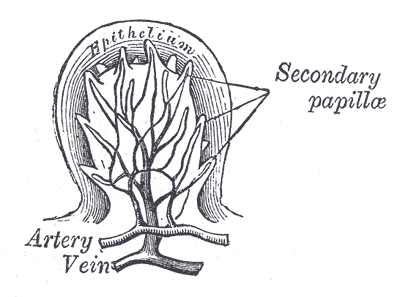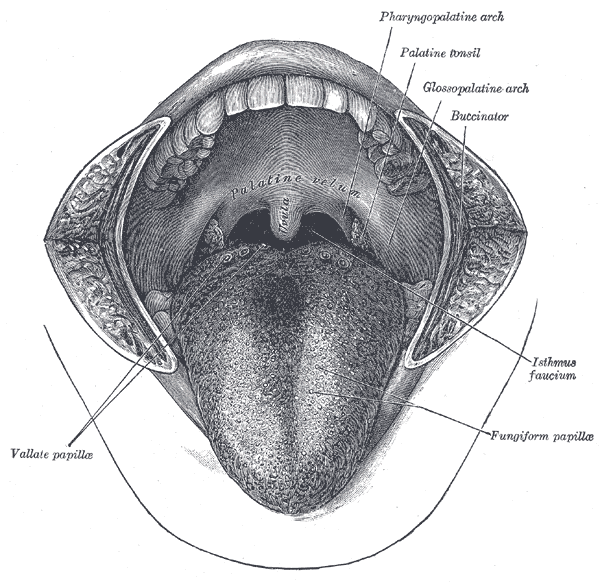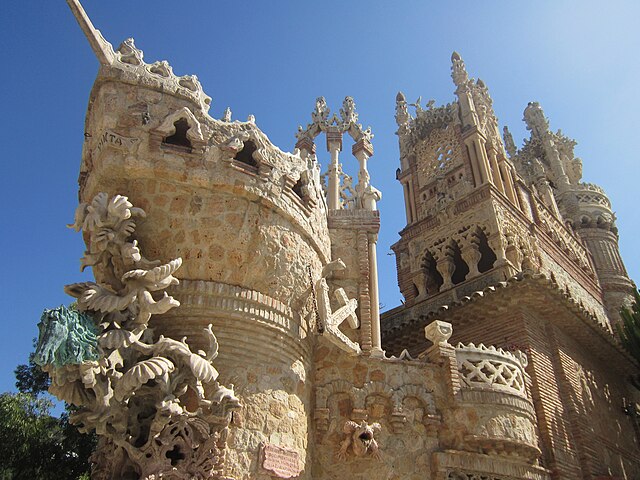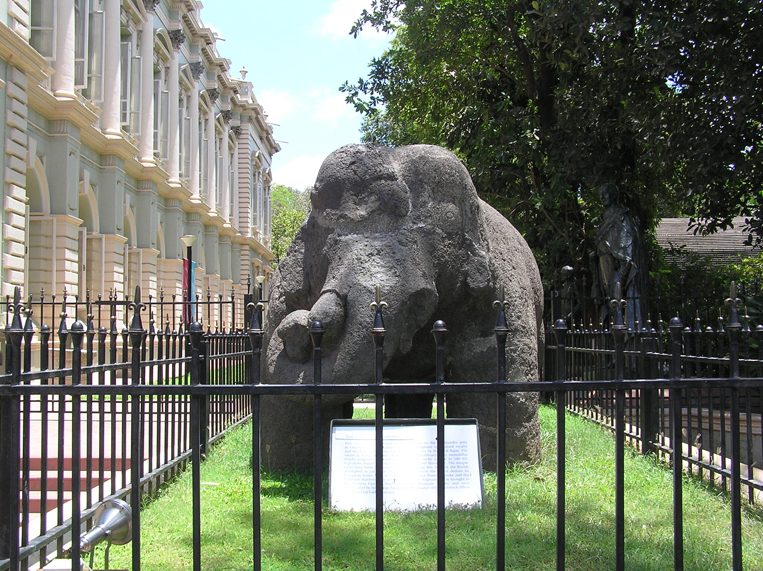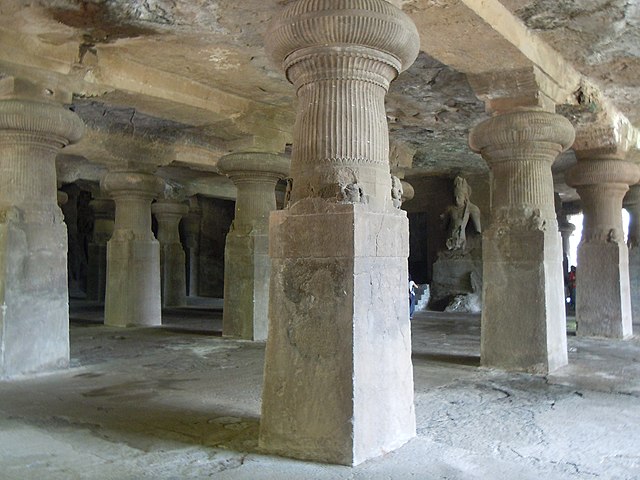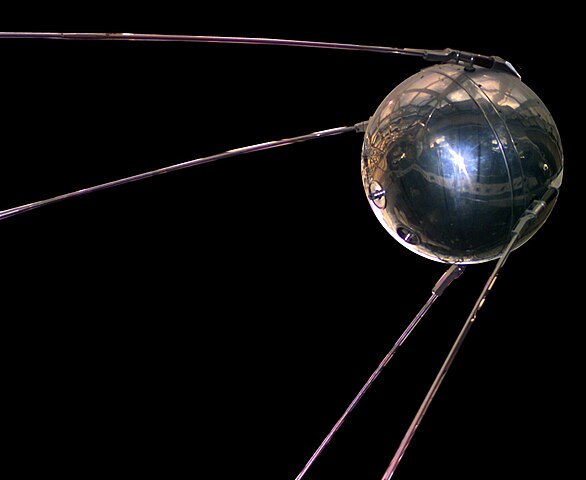We just learned about the Crystal Jelly.
Another type of Jellyfish is the Flower Hat Jelly.
These jellies live in the Pacific ocean near Japan and South Korea.
The grownup jellies only live for a few months.
They rest on the bottom of the ocean during the day, then at night they float up to catch their prey, like small fish.
It's bell is mostly clear with a few darker stripes on it.
Around the bell it has tentacles around the rim of their bell that it can use to sting prey.
If a person gets stung by a flower hat jelly they will usually just get a painful rash.
A full grown jelly can grow to be about 6 inches wide.
When they are just starting to grow up, they are usually less than 1 inch wide.



(from: wikipedia - flower hat jelly)
Welcoming Flower-hat Jellies! - Tennessee Aquarium
Kid Facts - Blast from the past: Coconut Octopus
